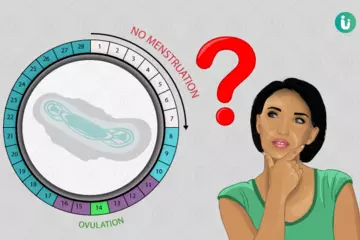What is subconjunctival haemorrhage?
Inside the eye, there are numerous blood vessels. If these vessels rupture due to an injury or any other reason, there is internal bleeding in the eye under the transparent layer that covers the eye i.e. conjunctiva. This is known as a sub-conjunctival haemorrhage since blood gets collected under the conjunctival layer.
What are its main signs and symptoms?
Sometimes you may not even realise you have a subconjunctival haemorrhage for a long time.
- The most typical sign is that the white part of the eye (sclera) develops a red patch.
- You may feel slight itchiness in the affected eye.
- Symptoms like pain and burning are extremely rare, and most times people don’t have any such discomfort.
- Over time, the colour of the red patch may turn brown or yellow.
What are the main causes?
- A lot of subconjunctival haemorrhages are spontaneous and arise without a particular trigger or cause.
- Sometimes, aggressive sneezing or coughing can trigger this, as can a traumatic injury to the eye.
- Medical conditions like bleeding disorders, diabetes and high blood pressure are serious risk factors for this condition.
- Rubbing the eye vigorously can also cause the blood vessel to rupture and leak blood.
- Rarely, cataract surgery or a laser surgery like LASIK can cause haemorrhage as a side effect.
How is it diagnosed and treated?
- A doctor can diagnose a subconjunctival haemorrhage by just examining your eye.
- Your blood pressure will also be checked.
- No other diagnostic tests are needed, unless an underlying medical condition is suspected.
- If this is the case, a thorough medical history and physical examination is important in making the diagnosis.
Treatment
- Commonly, no treatment is needed.
- The blood that has oozed out subsides on its own within a week or two.
- No medical treatment is needed other than some care with your eyes.
- The doctor may recommend eye drops to soothe any burning or itching sensation if there is.

 OTC Medicines for Subconjunctival Hemorrhage
OTC Medicines for Subconjunctival Hemorrhage















